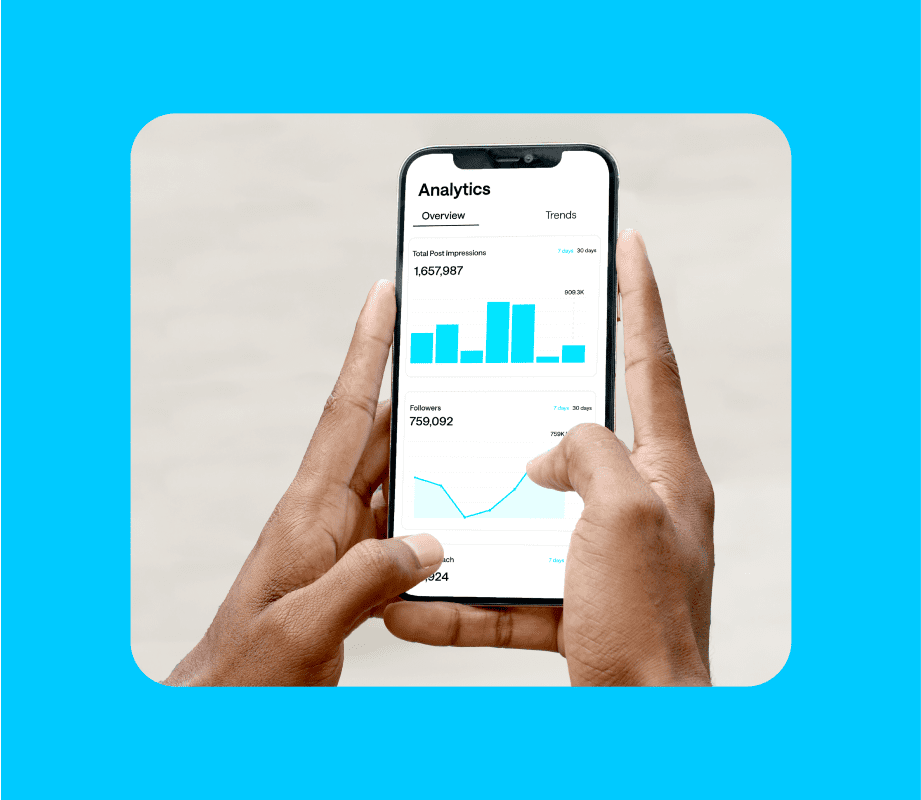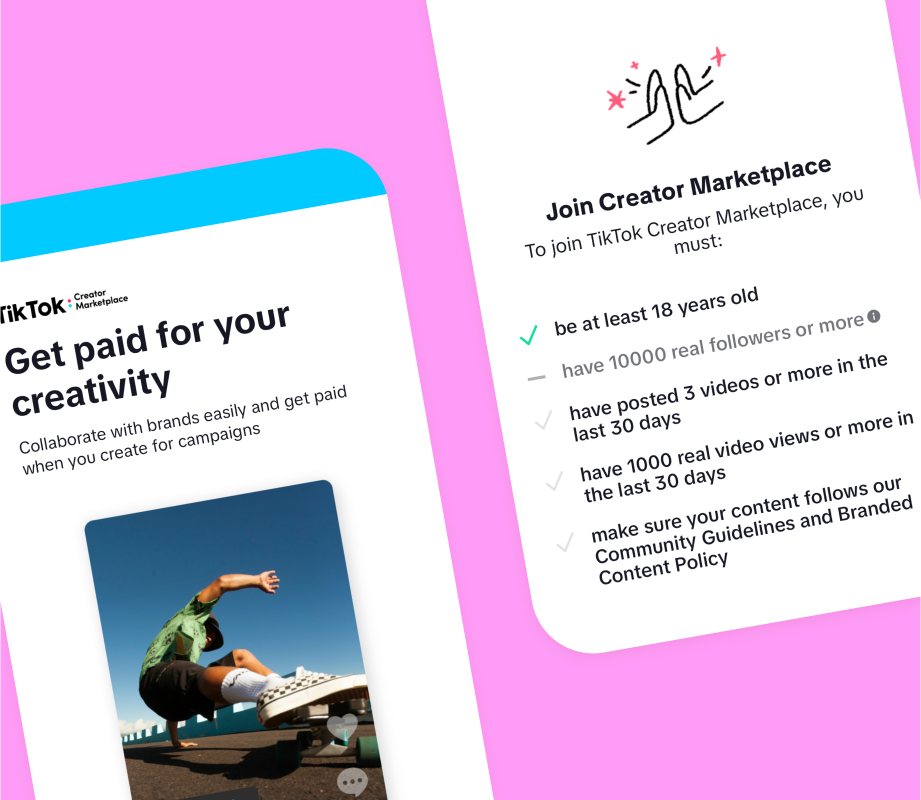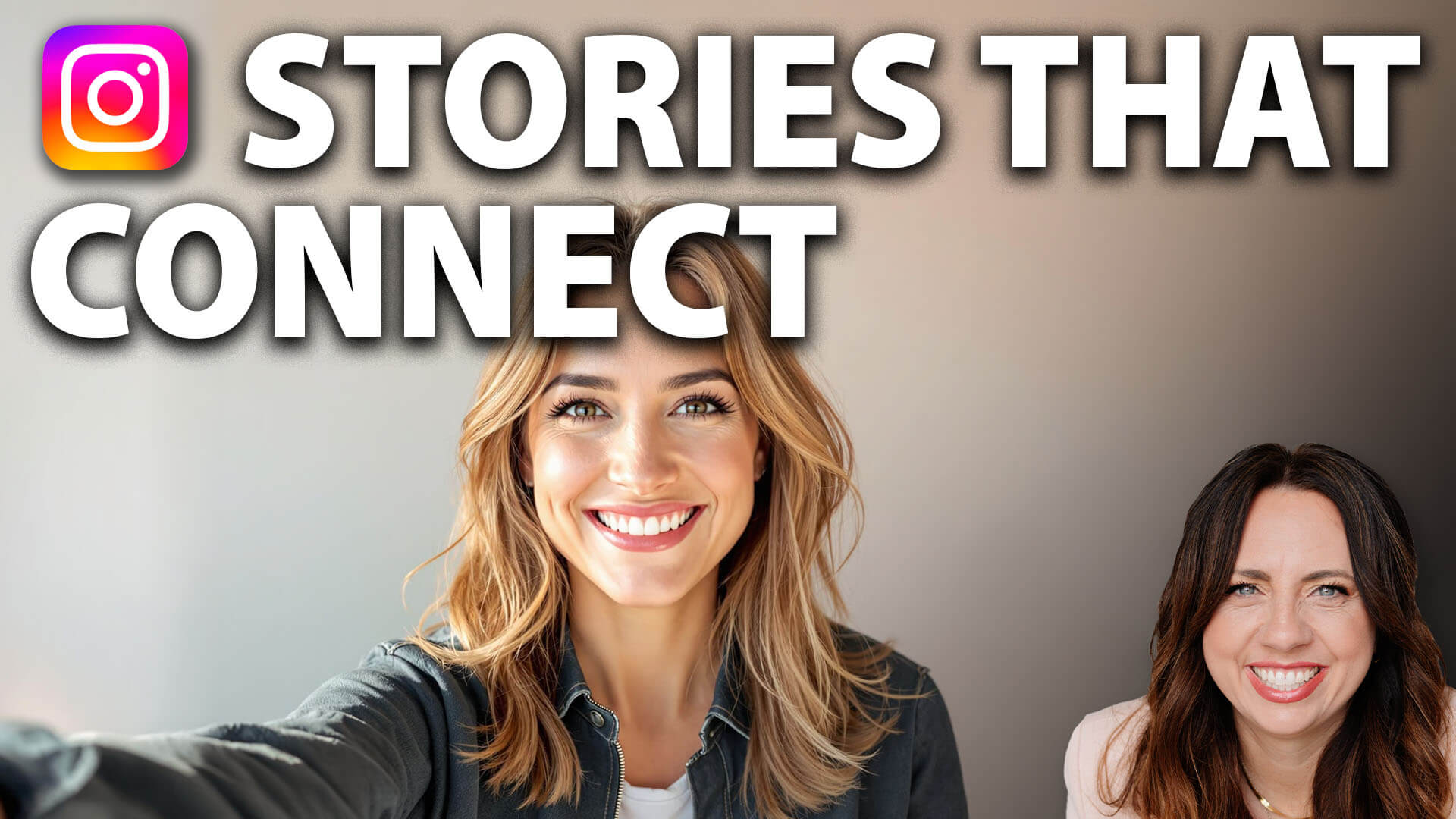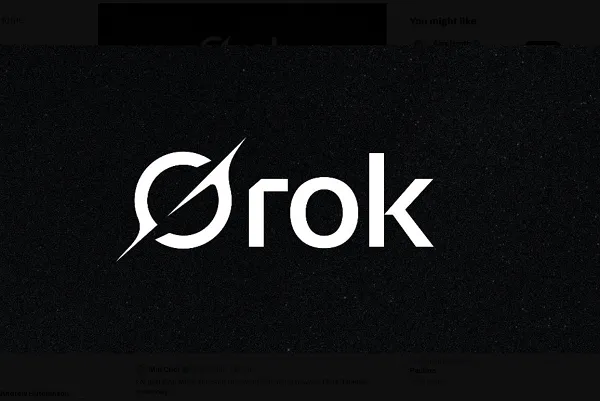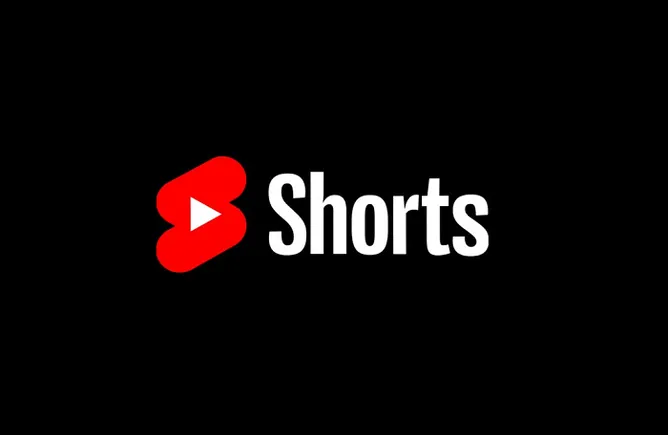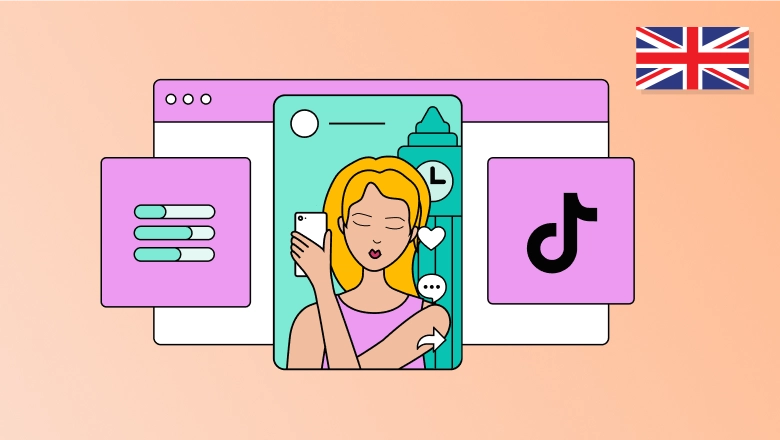How the Instagram Algorithm Works: Your 2025 Guide
Learn how the Instagram algorithms work in 2025 and discover practical ways to improve your content's reach and engagement.
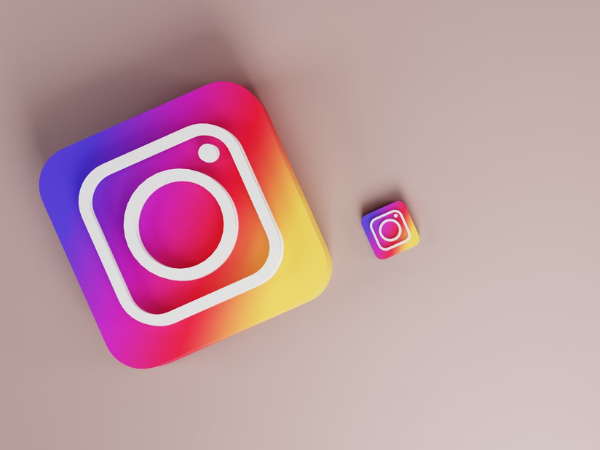

If you’re trying to grow your audience on Instagram, here’s some good news: the Meta-owned platform has shared a lot about how its algorithms work in recent months.
Really — between Head of Instagram Adam Mosseri’s reels and Instagram’s own @creators account — there’s an almost overwhelming amount of information out there. Which, of course, comes with its own challenges. But too much information is definitely better than too little (and, at Buffer, we definitely appreciate the transparency).
Once you know what they’re looking for, it’s much easier to create content that reaches the right people. And I’m going to do my best to make all that information as easy to understand as possible here.
So: The first thing to know is that there isn’t just one single algorithm running the show.
According to a 2023 blog post shared by the platform, “a variety of algorithms, classifiers, and processes, each with its own purpose,” ensure that Instagram users see the content that most interests them.
Don’t worry — it’s more straightforward than it seems.
More recently, Mosseri has done a deep dive into the Instagram algorithm in a series of videos that explain how ranking works on the platform and why some posts take off while others don’t get the same reach.
In this article, I'll break down exactly how the platform ranks content and share tips for increasing your chances of getting your Instagram content in front of more people.
In short: Everything you need to know about the Instagram algorithm/s.
First, different parts of Instagram are ranked by different algorithms
You’ll find a lot of opinions and rumors about how Instagram appears to favor certain content types.
A popular one: “Instagram Reels perform better than photos.” That may be true in some cases (I’ll unpack why down below), but it’s not quite that straightforward.
This common (mis)belief makes it sound like there’s one giant algorithm weighing all your content types against each other and giving reels a leg up. That’s not actually how it works.
Your content can show up in four different places on Instagram:
- The home feed
- Reels feed
- Instagram Stories tray
- Explore page
Each of these has its own separate algorithm, because people use each of these areas differently. “People tend to look for their closest friends in stories, use explore to discover new content and creators, and be entertained in reels,” Mosseri explains.
With that in mind, here’s how the Instagram algorithm/s work for each place people can find you.
How the Instagram Feed algorithm is ranked
When people talk about how the Instagram algorithm works, it's usually this area of the app they're referring to. The home or main feed is the first feed most people will see when they open the app.
This feed is a combination of videos, photos, and carousels (posts with multiple photos and/or videos) posted by anyone you follow, peppered with posts by other accounts Instagram users may be interested in, and sponsored posts tailored to them.
Instagram takes a staggering number of ranking factors into account when organizing feeds. “We call these ‘signals,' and there are thousands of them,” Mosseri says. Here is a breakdown of the most important signals, in order of importance.
- What a user engages with: Posts a specific user likes, shares, saves, or comments on tell Instagram what content resonates with that person.
- How content performs: This includes how many people like a post, how quickly people engage with it, plus more information about the post itself, like when it was posted and any location tags.
- Information about the person who posted: Instagram looks at how many people have interacted with the creator in the past few weeks. “This helps us get a sense for how interesting the person might be to [a user],” says Mosseri.
- Relationship history: This is pretty straightforward, and ties in with some of the above points. Consistent interactions between accounts — like commenting on each others’ posts — tell Instagram who might want to see more of your content.
With all that information, Instagram makes a series of “educated guesses” about how likely a user is to interact with a post, Mosseri says.
“In feed, the five interactions we look at most closely are how likely you are to spend a few seconds on a post, comment on it, like it, share it, and tap on the profile photo. The more likely you are to take an action, and the more heavily we weigh that action, the higher up in feed you'll see the post.”
How to improve your reach in the Instagram Feed algorithm
A look at these ranking factors shows a common thread: genuine engagement. With that in mind, here are some practical ways to create content that gets seen more in users’ feeds.
1. Lean into carousels
If you have multiple photos (or videos) that work well together, try sharing them as one carousel or even a few mini carousels.
You can include up to 20 photos or videos in a single carousel. When a follower doesn’t swipe through to the end, Instagram treats those unseen slides as “new content.”
The platform will show your carousel to that same person again later, picking up with the first slide that they didn’t swipe to. This gives your carousel multiple chances to get engagement.
This matches what we found in a recent study. Buffer’s analysis of more than 4 million Instagram posts showed that carousels received higher engagement than single-image photos or videos.
2. Try using audio
Audio isn’t limited to videos — you can add a soundtrack to single photo posts and carousels as well.
It’s not a requirement, but Mosseri notes it can grab the attention of people who browse Instagram with sound on, which could mean more engagement in your post.
Plus adding audio to a post or carousel means it can also show up for users in the Instagram Reels feed, too.
3. Use the right post sizes
The image size and dimensions of your posts play a big role in making them stand out and drawing people in.
When you follow Instagram’s ideal image sizes, your feed posts will appear exactly as intended with no awkward cropping or pixelation issues. This keeps your content looking polished and gives it a better chance of getting engagement.











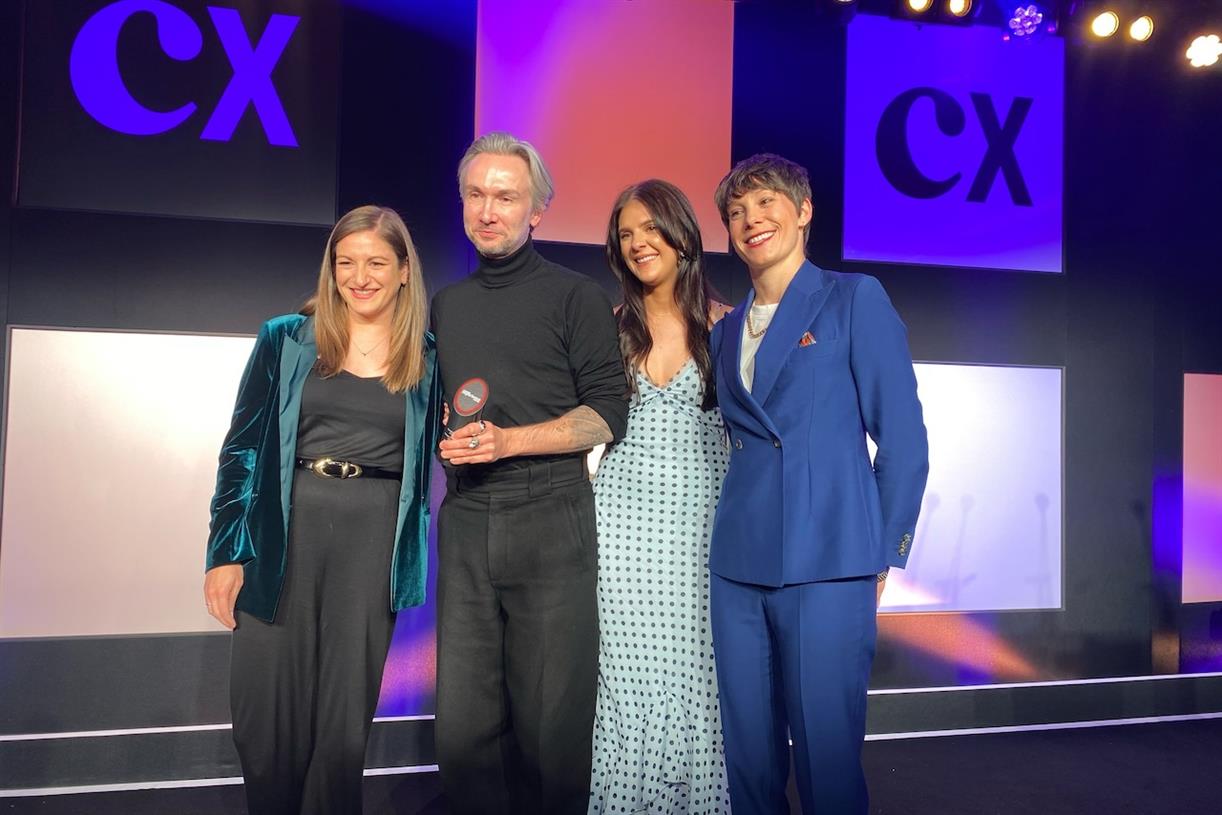
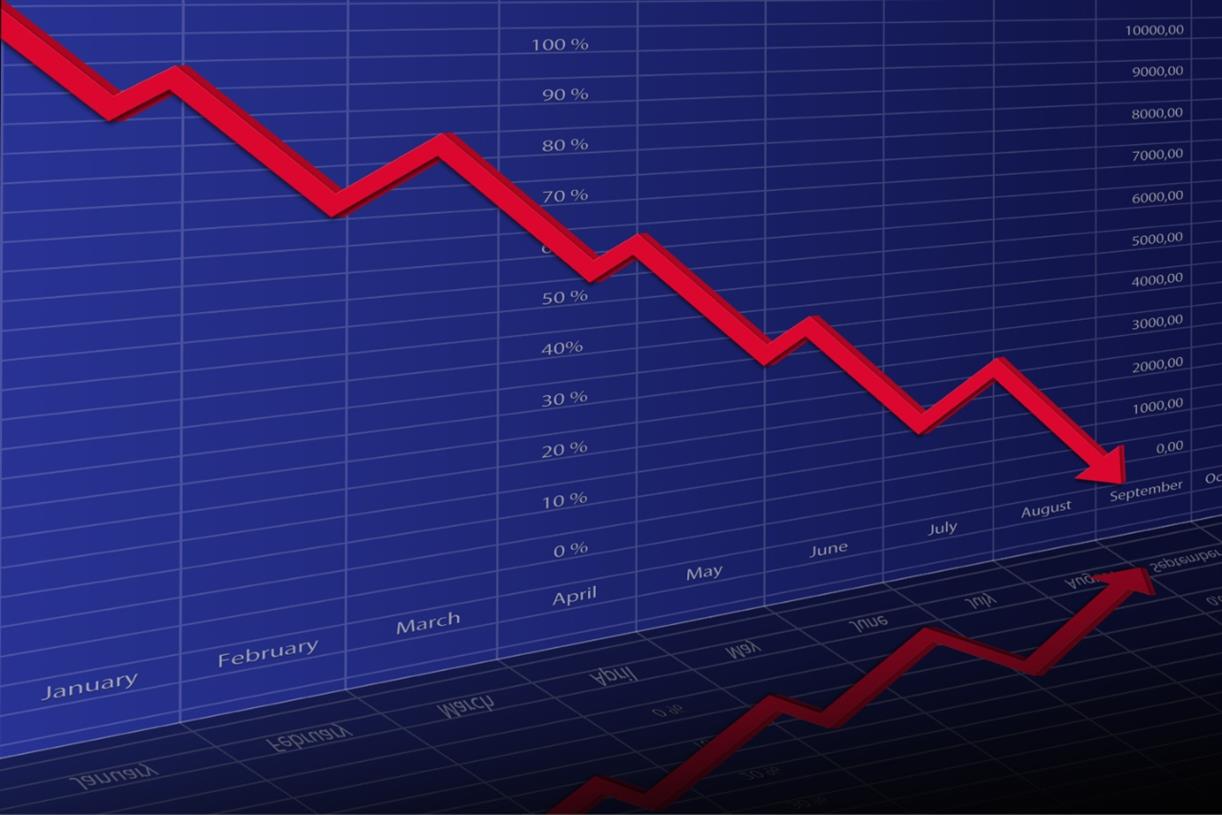
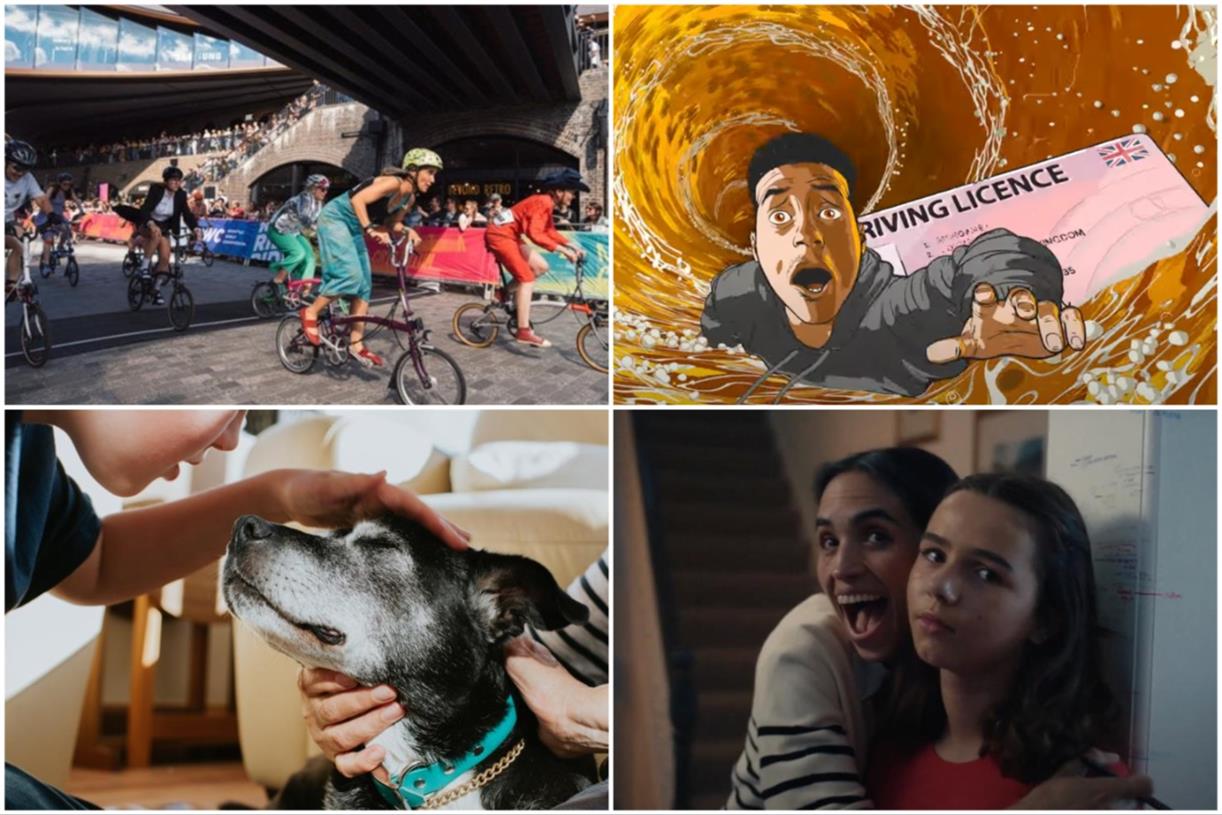





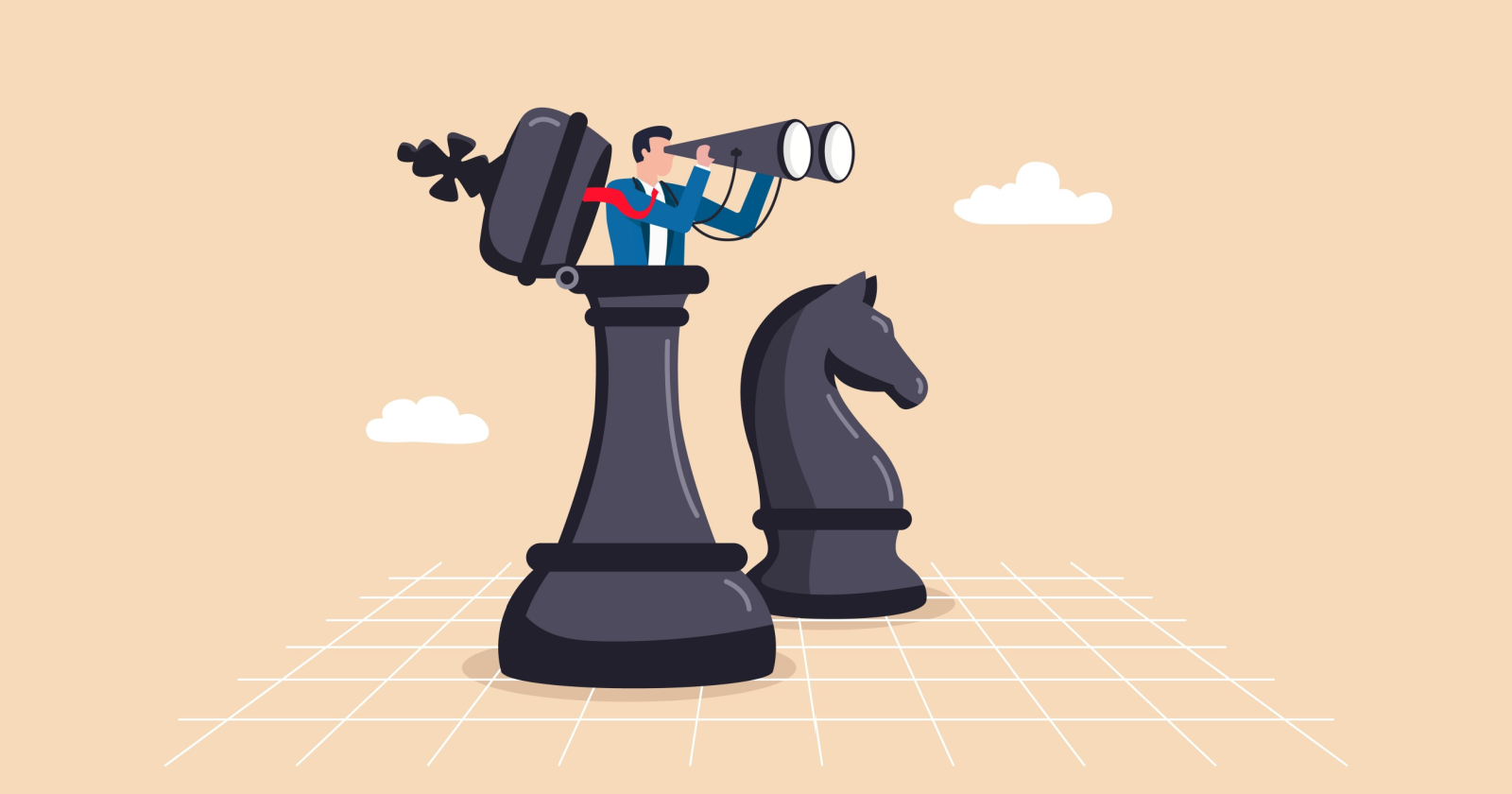

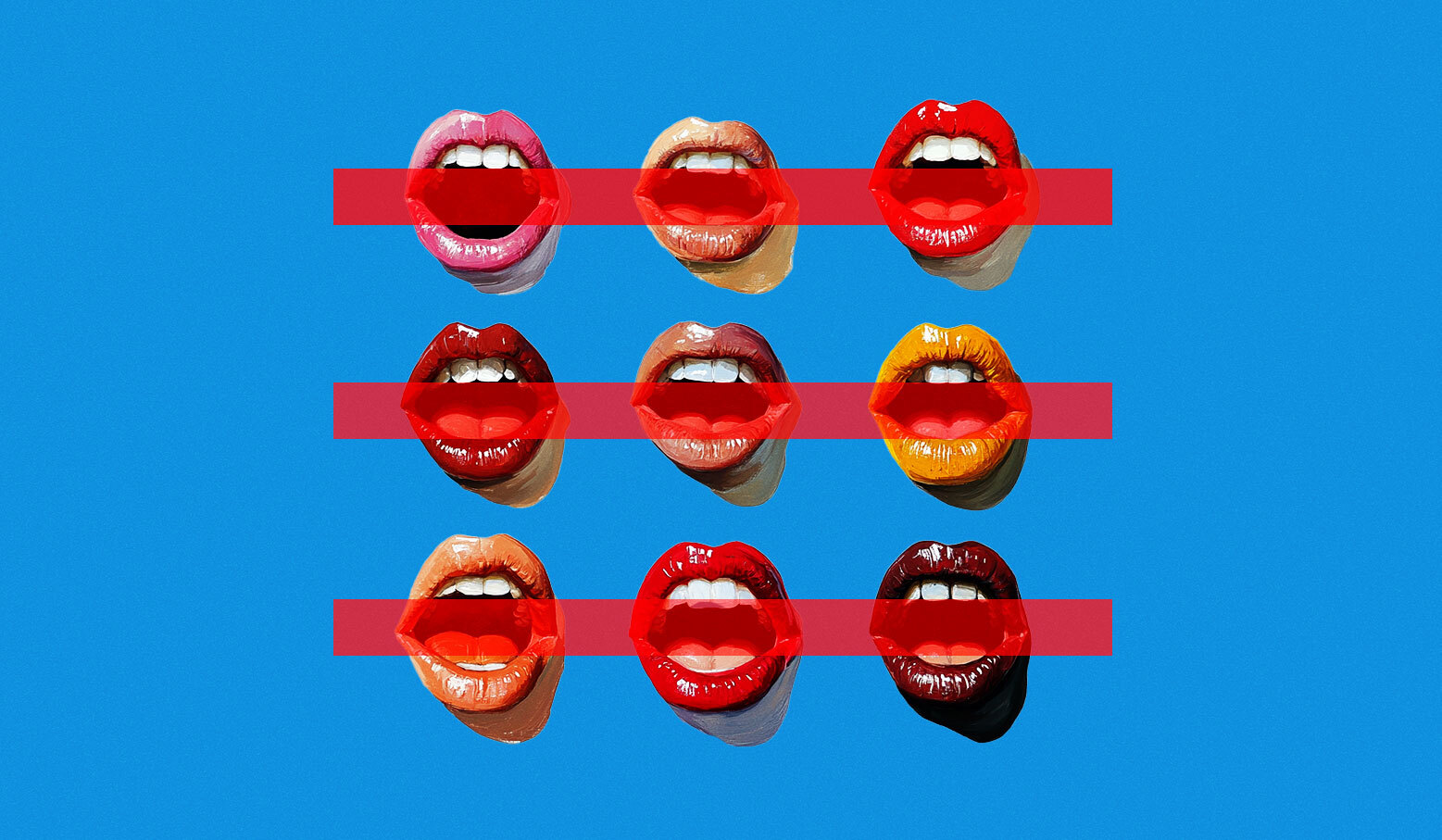

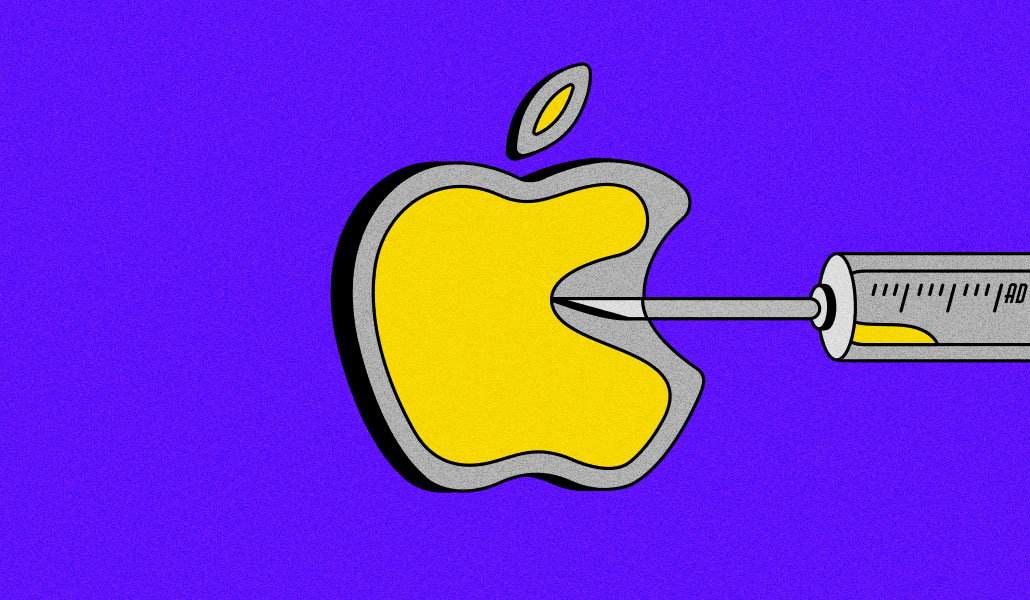
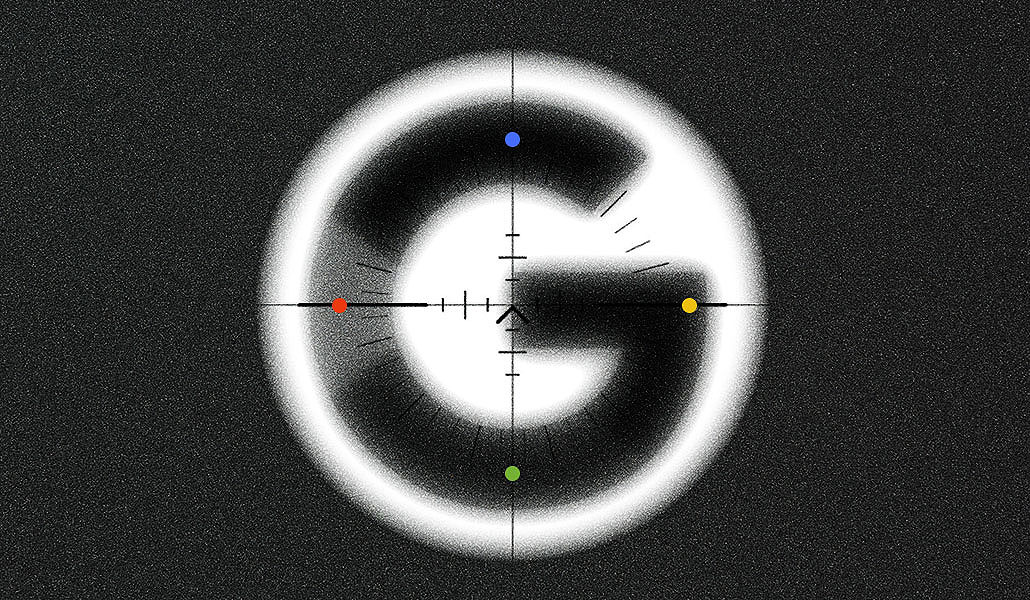












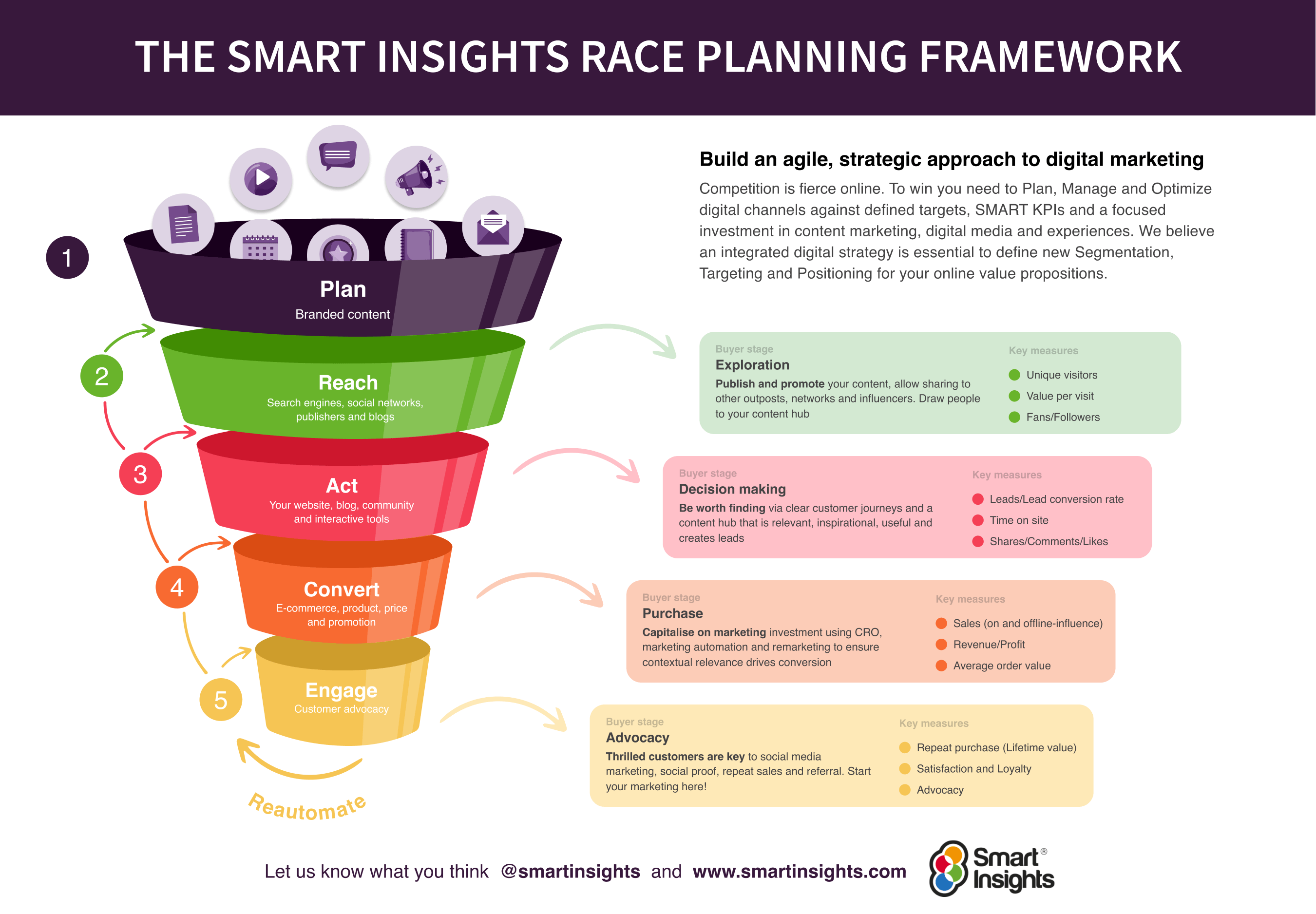
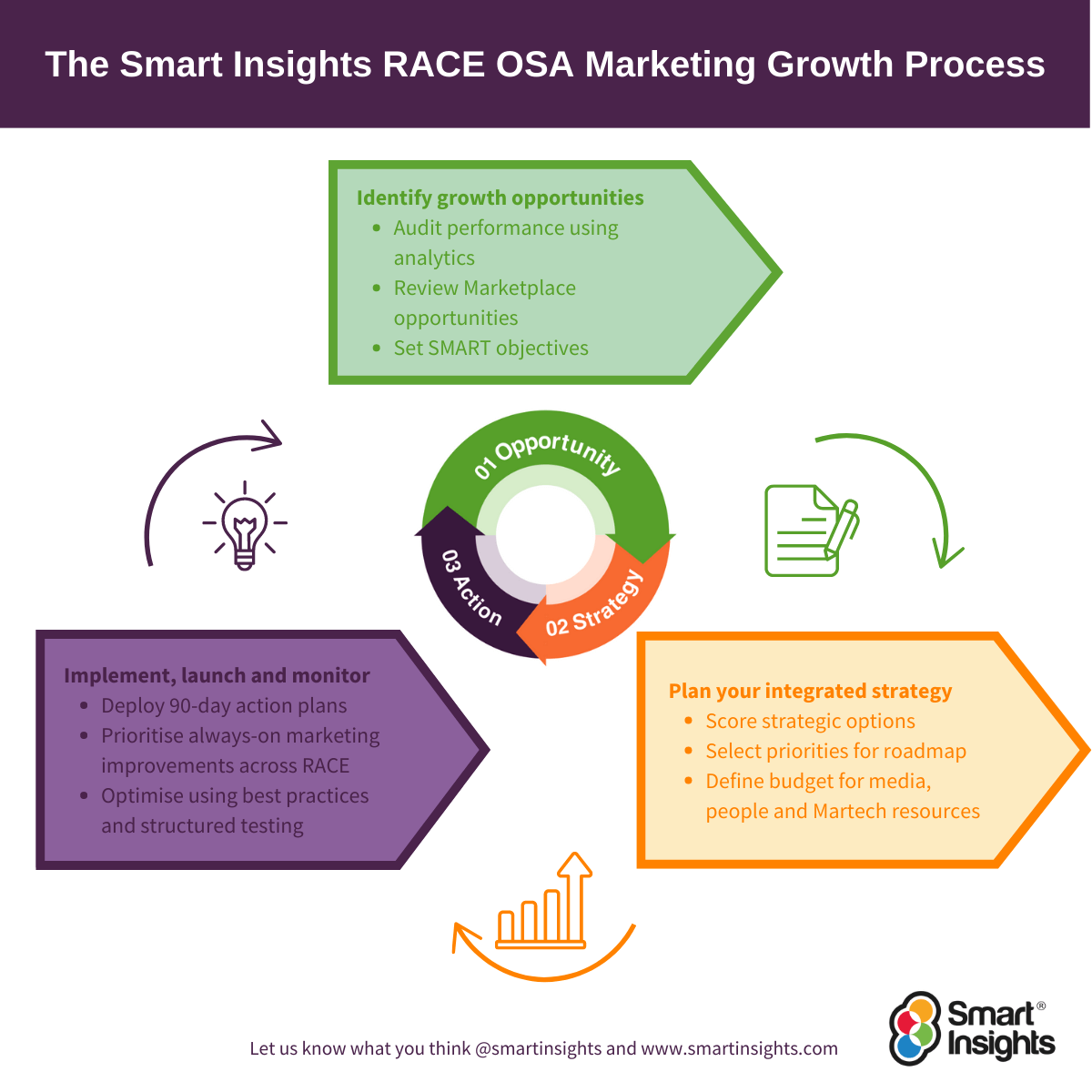
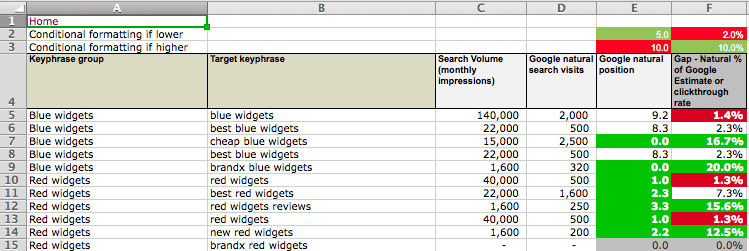








![How Marketers Are Using AI for Writing [Survey]](https://www.growandconvert.com/wp-content/uploads/2025/03/ai-for-writing-1024x682.jpg)

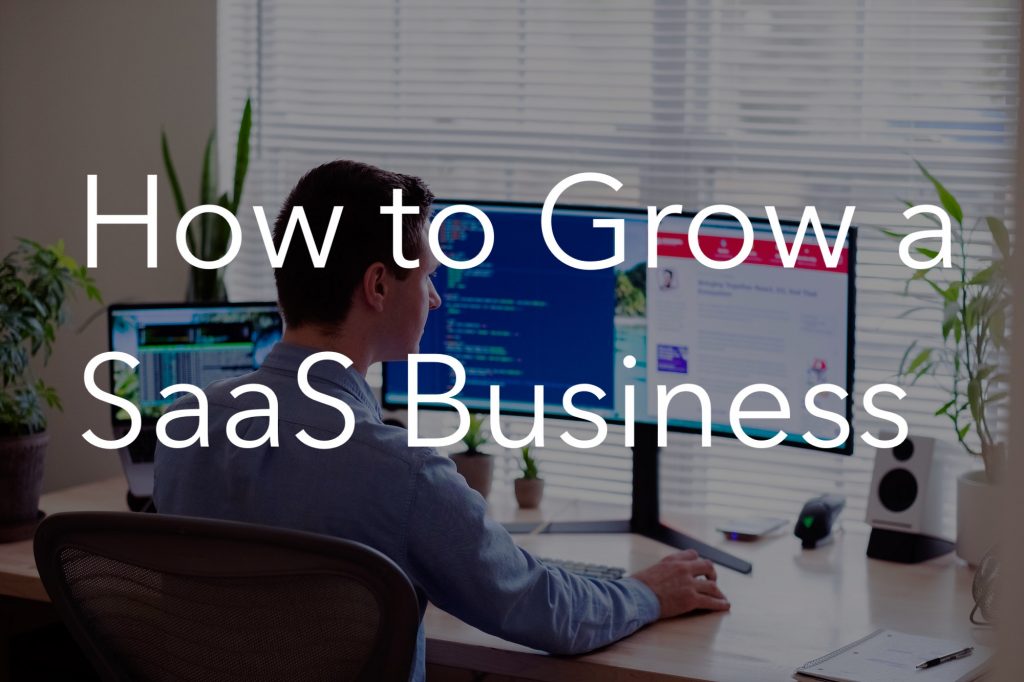





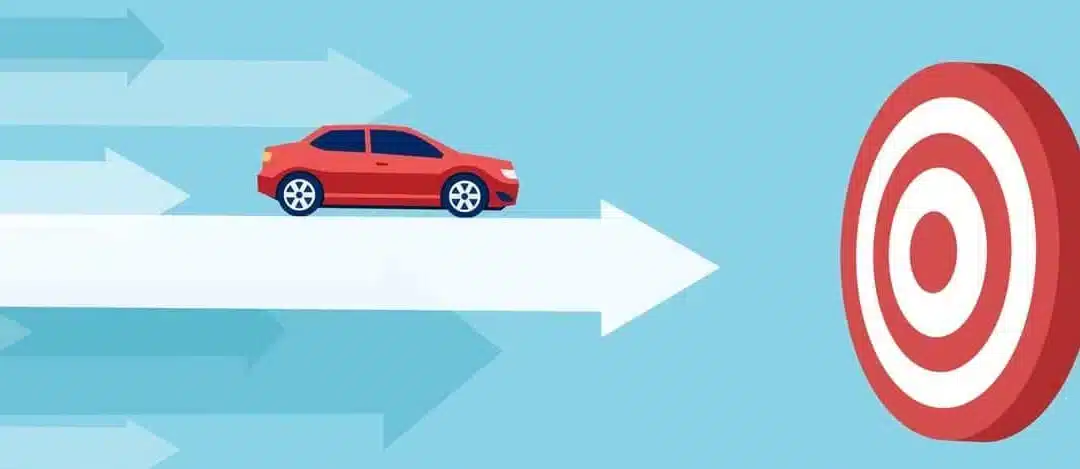






































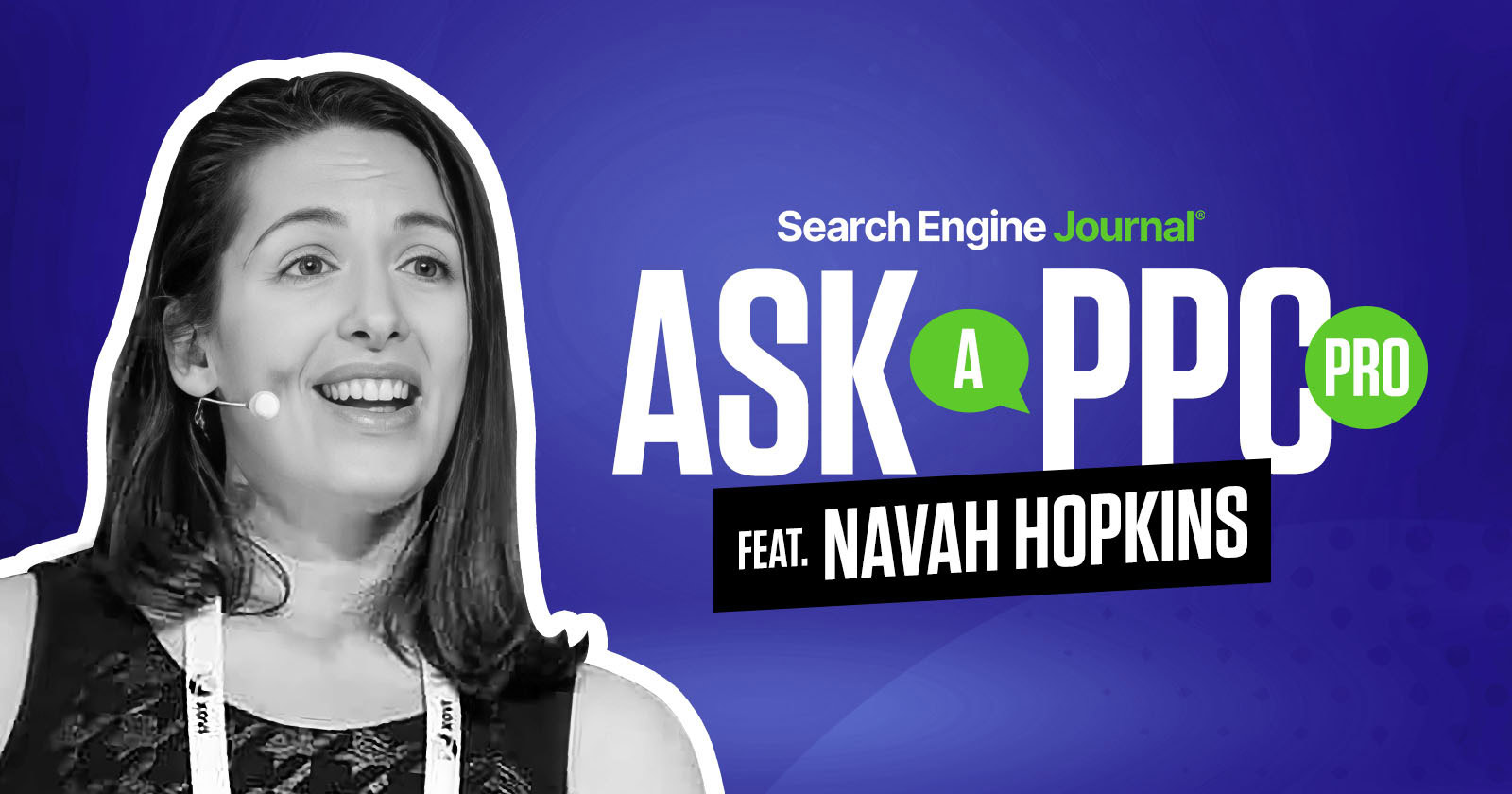

![31 Top Social Media Platforms in 2025 [+ Marketing Tips]](https://static.semrush.com/blog/uploads/media/0b/40/0b40fe7015c46ea017490203e239364a/most-popular-social-media-platforms.svg)


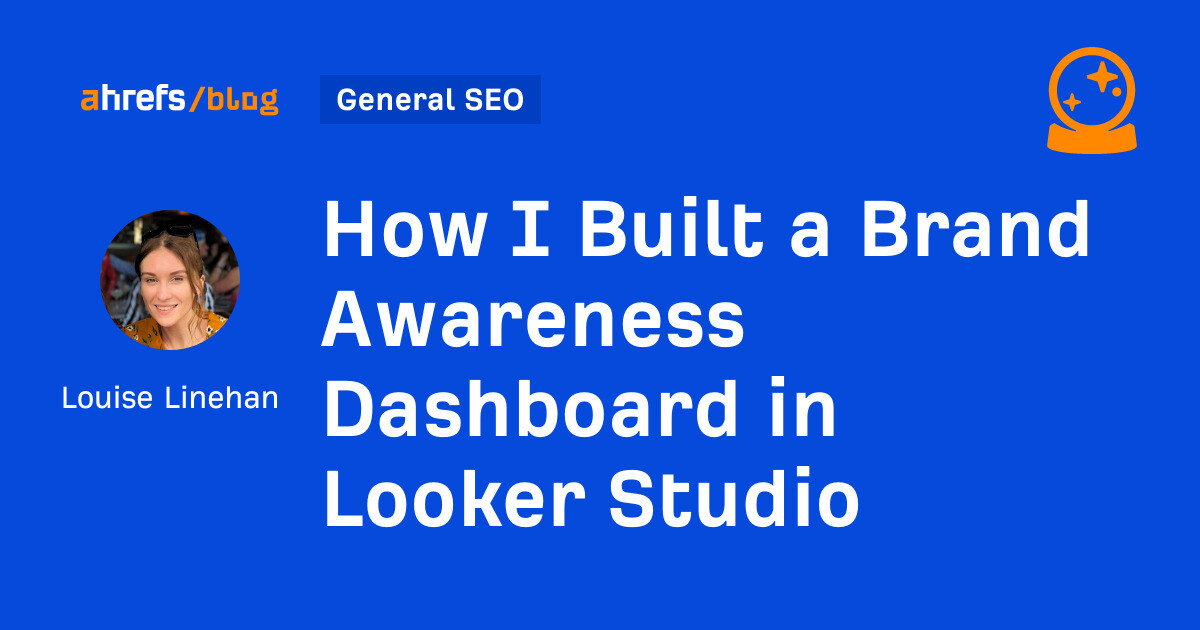
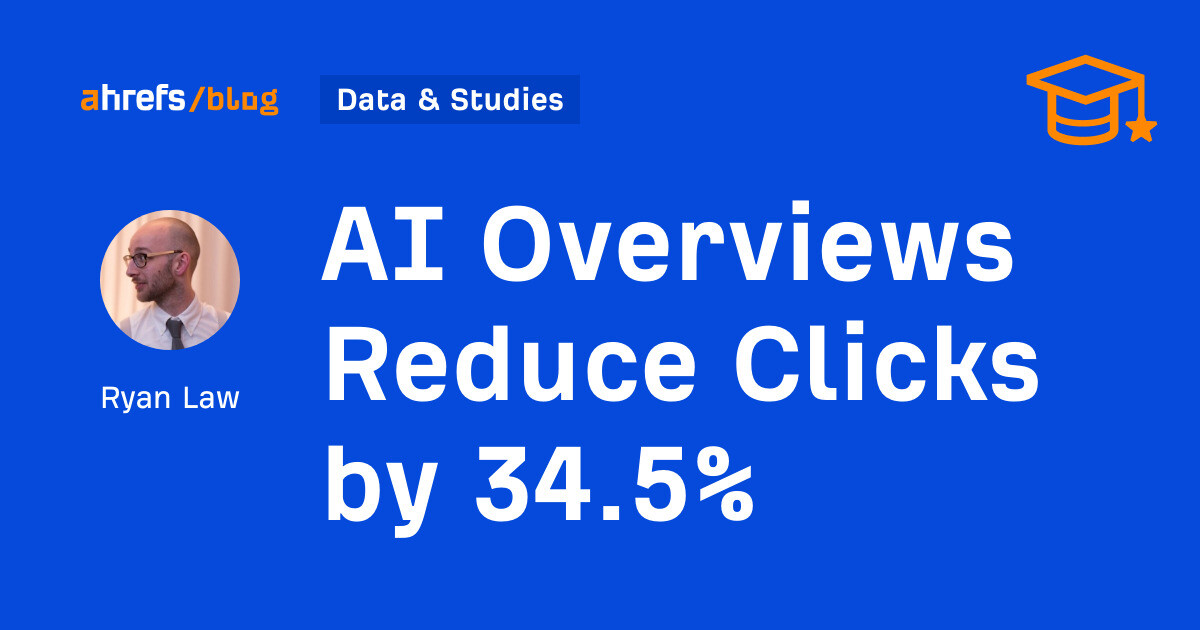
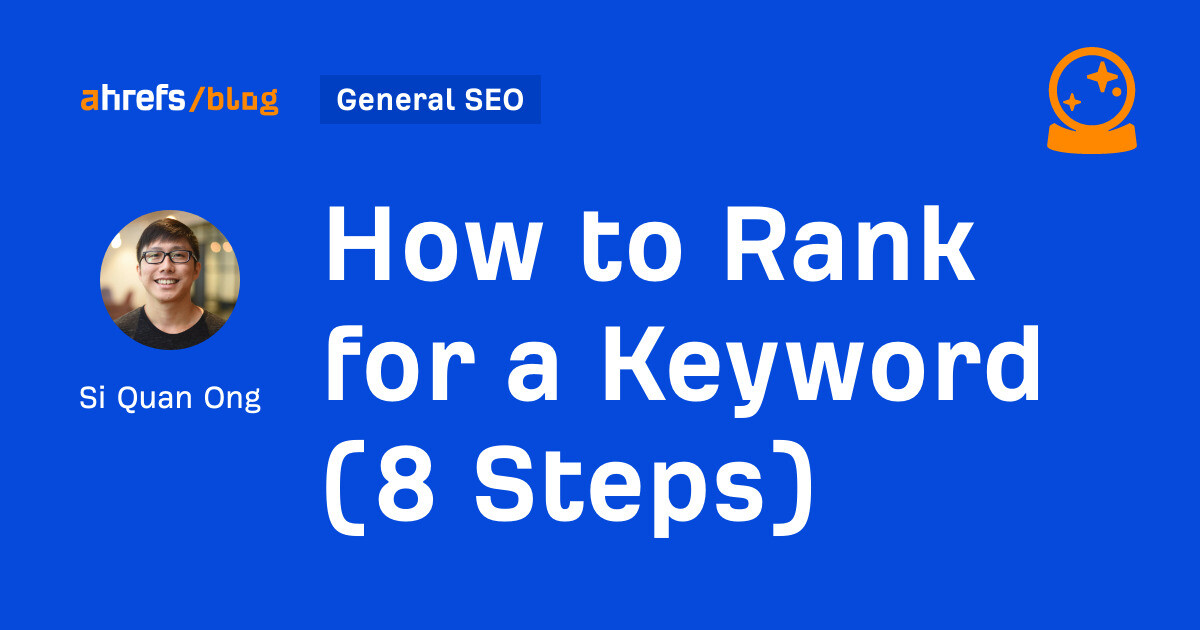


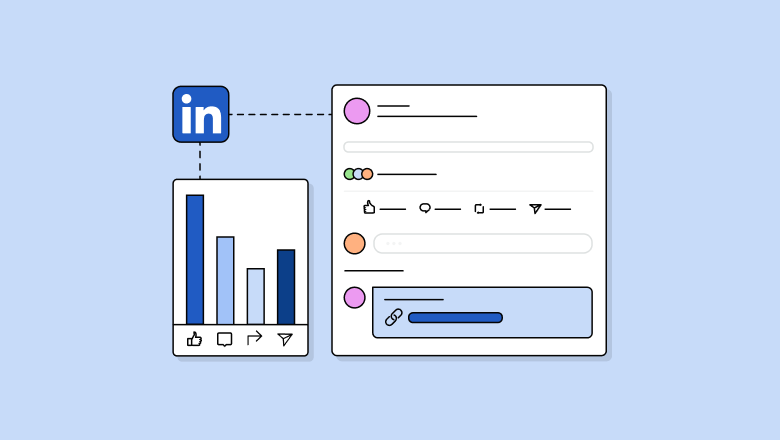




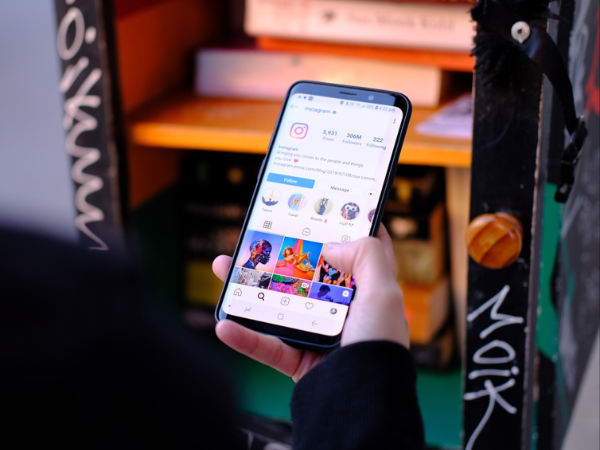




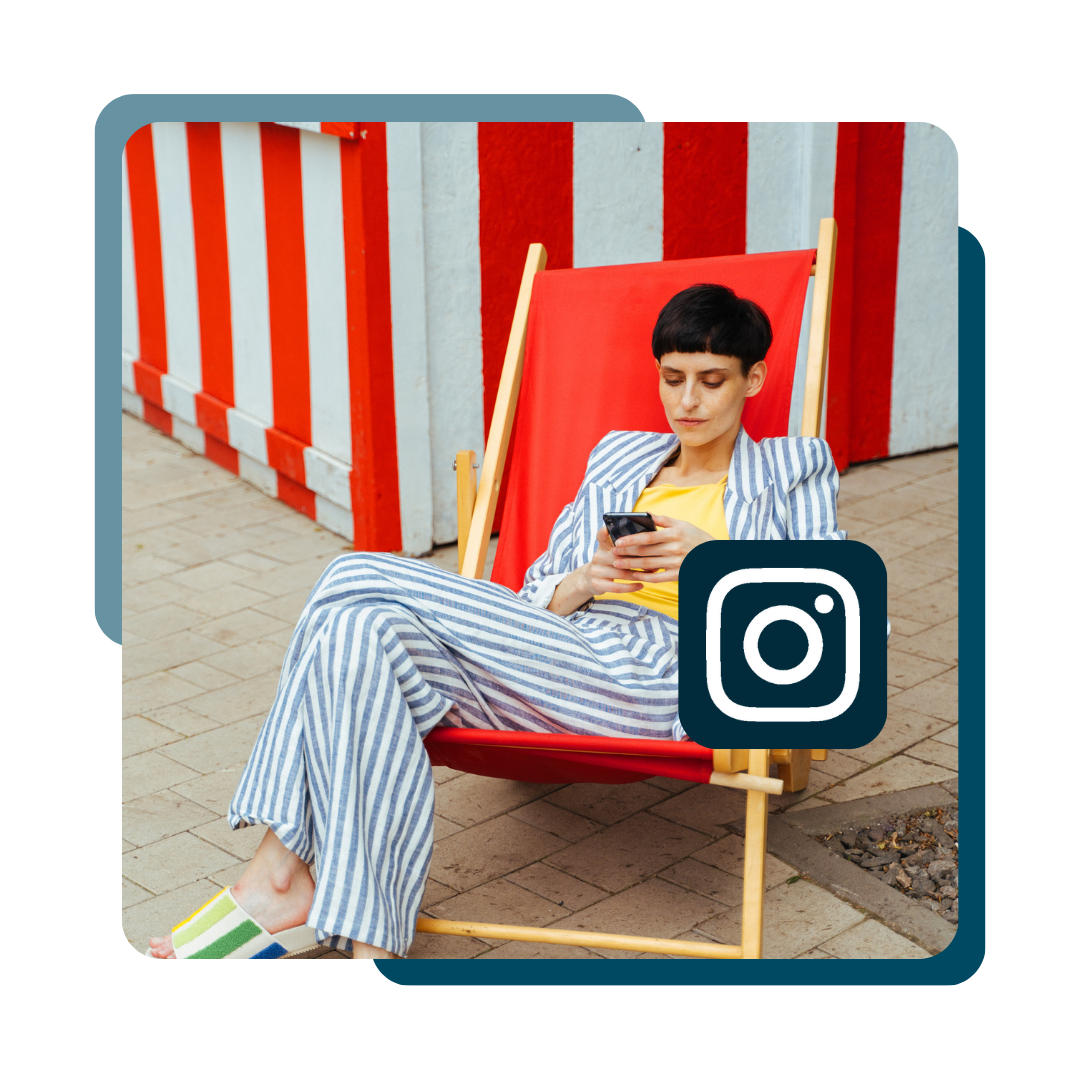
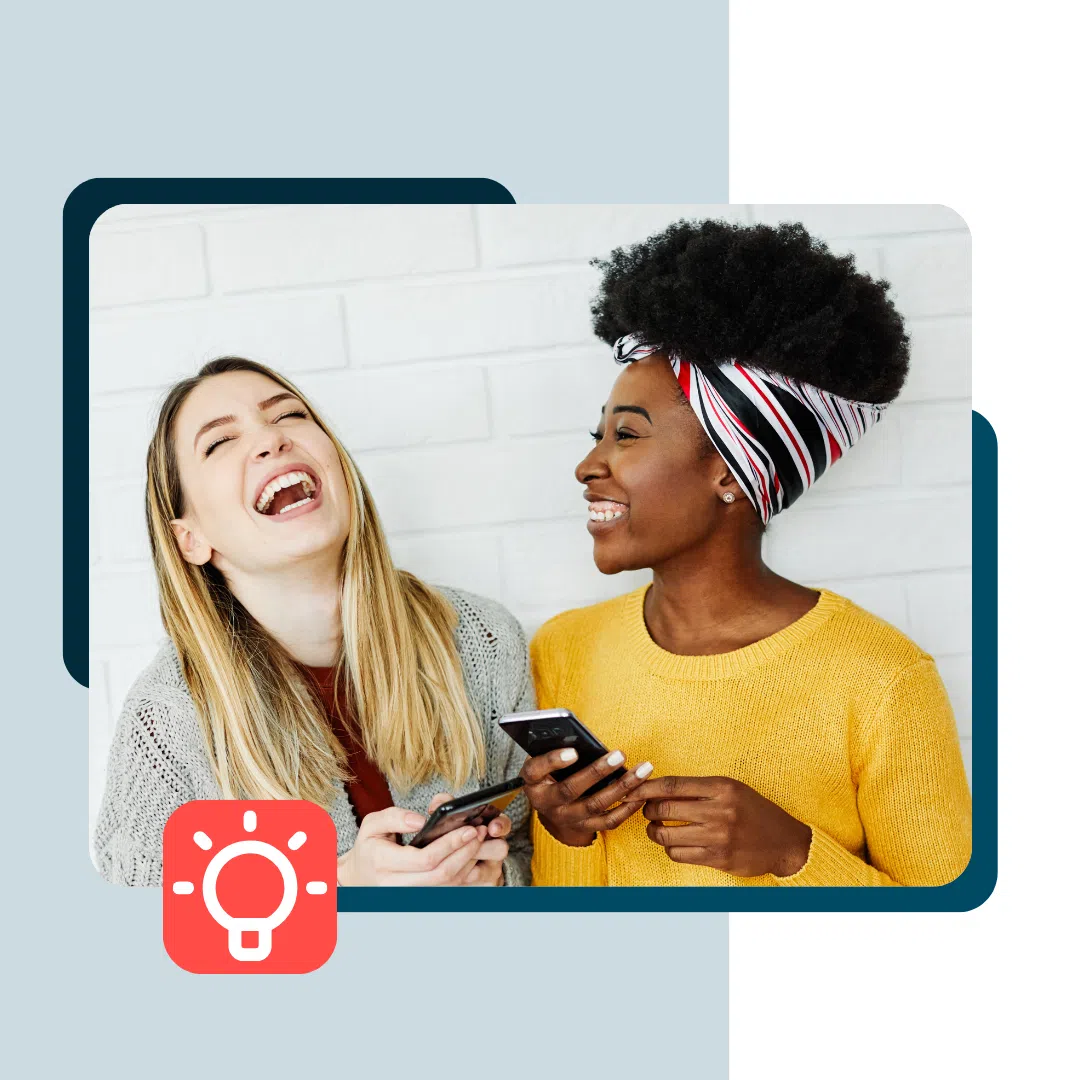


![Gated Content: What Marketers Need to Know [+ Examples]](https://www.hubspot.com/hubfs/UNGated%20Content.png)


